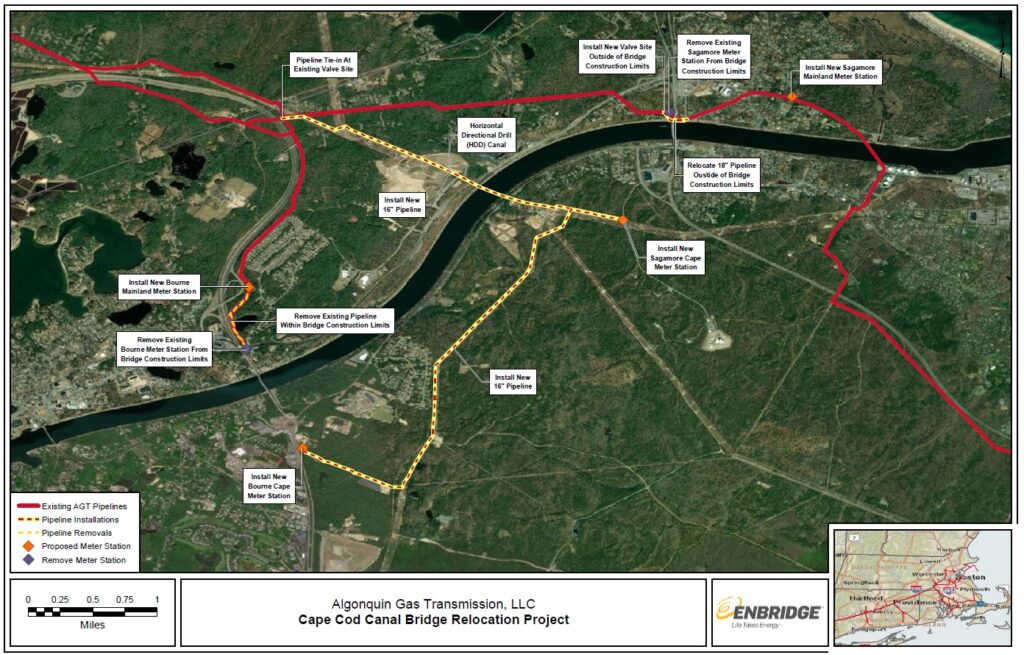
Introduction
Enbridge Inc., a prominent Canadian energy infrastructure company, plays a crucial role in the transportation of oil and natural gas across North America. As the demand for energy continues to evolve with ongoing discussions around climate change and energy transition, understanding Enbridge’s operations and strategic developments is essential for stakeholders, including investors, policymakers, and environmentalists.
Company Overview and Operations
Founded in 1949, Enbridge has grown to become one of the largest energy companies in North America, operating approximately 27,000 miles of crude oil and liquids pipelines and about 3,000 miles of gas transmission pipelines. The company is also heavily involved in natural gas distribution, renewable power generation, and energy services. Enbridge’s pipe network connects key production areas in Canada and the United States to critical markets, making it a vital link in the North American energy supply chain.
Recent Developments and Initiatives
In recent months, Enbridge has focused on lowering its carbon footprint and transitioning towards more sustainable energy solutions. In 2023, the company announced its commitment to achieve net-zero greenhouse gas emissions by 2050. This ambitious plan includes investments in renewable energy projects, such as wind and solar farms, as well as exploring hydrogen production technologies.
Additionally, Enbridge has been in the news for its Line 5 pipeline project, which runs under the Straits of Mackinac in Michigan. The project has faced significant opposition due to environmental concerns, with the state of Michigan demanding its closure. Enbridge has maintained that the pipeline is safe and critical for regional energy needs, and it is currently engaged in legal battles to keep the line operational.
Impact and Significance
The developments at Enbridge hold significant implications for Canada’s energy future. As the country strives to meet climate goals while ensuring energy security, the strategy adopted by companies like Enbridge will be pivotal. Investors and consumers alike will need to pay attention to how effectively Enbridge balances its operational demands with environmental responsibilities. The company’s initiatives in renewable energy signal a shift that may influence the industry as a whole, potentially paving the way for a more integrated approach to energy management.
Conclusion
In conclusion, Enbridge remains a key player in the North American energy landscape, navigating the complexities of energy demands and climate change. Its proactive measures towards sustainability indicate a broader trend within the industry, highlighting the importance of adaptation in a rapidly changing environment. Stakeholders must closely monitor Enbridge’s strategies and their ramifications on the energy market and environmental policies as Canada continues its transition towards a sustainable energy future.



